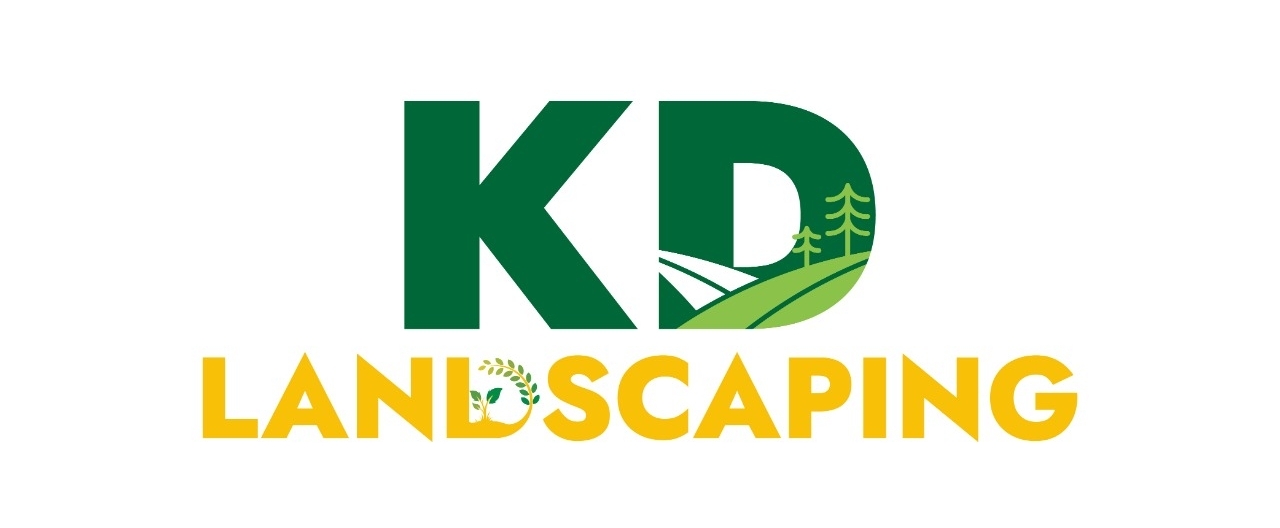Tree and Shrub Planting Basics
Planting trees and shrubs provides plenty of exercise — digging and lifting will work muscles you didn’t even know you had. As for benefiting the environment, trees and shrubs shelter wildlife and filter the air by absorbing carbon dioxide and releasing oxygen.
Lasting impressions? Many species will be around long after you’ve gone to take harp lessons in the hinterlands. Finally, knowing that you’ve done something for the sake of your health, the environment, and your legacy — well, that just gives you a warm and fuzzy feeling not available without a prescription.
If you’ve never planted a tree or shrub before, relax. It doesn’t have to be physically exhausting. Bear in mind that trees and shrubs are sold in three different ways. Larger specimens often come balled and burlapped (“B&B” in landscapers’ terms); smaller specimens are often sold bareroot; and container-grown specimens may be large, small, or somewhere in between. While a huge B&B tree may take a backhoe or skidster to plant, a diminutive bareroot specimen can be planted with a simple garden trowel.


